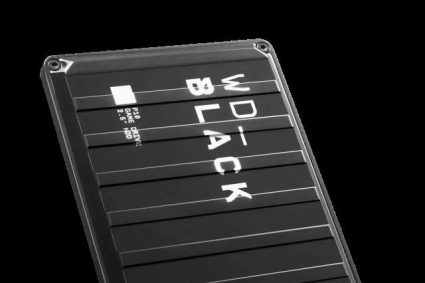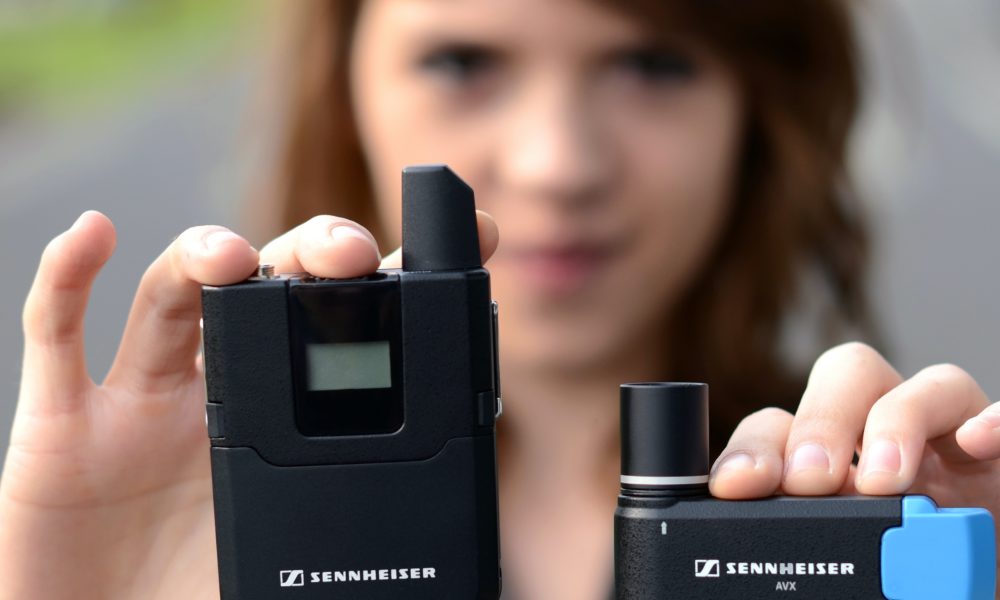
With the world locked in, it’s time to get our voices out with podcasts. Starting a podcast is topping the lists of new things to try in lockdown. Whether you are a well-seasoned podcaster or a newbie, Sennheiser has some tips to make recording your podcast from home easy and seamless.
1. Content and purpose
Whatever you want to talk about, someone in the world will want to hear your views and share your insight, so a great place to start is your own interests and expertise. Are you a secret fan of a rare music genre with a stash of vinyl records ready to be shared with the world? Or, perhaps, you have a culinary seed in you with your friends and family always asking for yet another recipe of that amazing chocolate masterpiece? Whatever passion or interest you have, it is always a good idea to take inspiration from podcasts you already listen to, to see how the host unravels the story with passion and knowledge on the subject. Nailing down the theme for your content is key as it will influence the style and flair you bring to the recording and post-production.
2. Equipment
The great thing about recording a podcast is that you don’t need much to get started. The key ingredients are headphones, a microphone and recording software, such as Logic Pro if you want to create a high-end production, but apps like GarageBand can also work. You can simply start recording your podcast with a wired or wireless headset connected to your computer or smartphone. For indoor recordings, using a true condenser mic like Sennheiser MK 4 will be ideal for recording vocals and acoustic instruments, just don’t forget to grab a mic stand. A Lavalier mic option, such as the one in the Sennheiser AVX MKE-2 Set or the XSW-D Portable Lavalier Set will offer flexibility for those who like to walk and talk. For outdoor recordings and video podcasts, wireless microphones that seamlessly integrate with smartphones, such as Sennheiser’s Memory mic, could be a godsend, especially when the phone’s battery is about to die but you still want to finish recording that last bit of conversation.
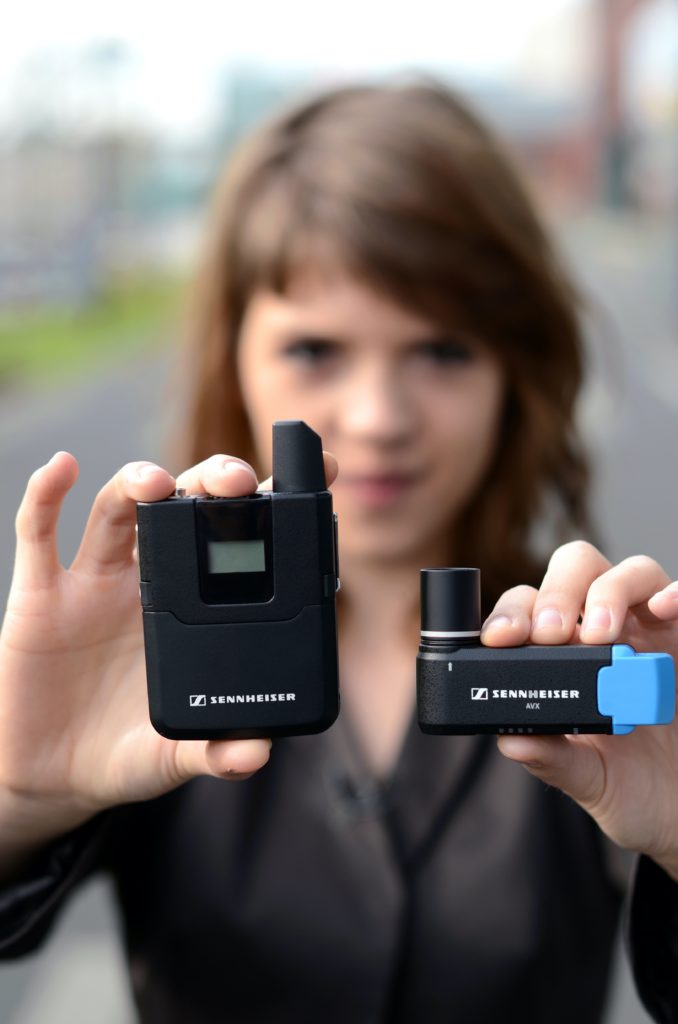
3. Mic set up
You have your content and equipment, so now what? Start by testing out your microphone; it’s worth experimenting with the mic to see what distance and height picks up your voice best. You should also get a feel for levels by recording some tests and playing the exported files through headphones and speakers. If you are at home, it might be useful for investing in a pair of noise-cancelling headphones, so you don’t disturb other family members while you are doing all those tweaks and edits to the recording. Also, as you might be using the headphones for a long period of time, it’s always good to ensure that they are comfortable and lightweight, and have solid sound reproduction. A good idea would be to check out some of the DJ and monitoring headphones in Sennheiser’s range, such as HD 25 Light, that have been designed with AV professionals in mind who normally spend hours mixing and editing audio and video files.
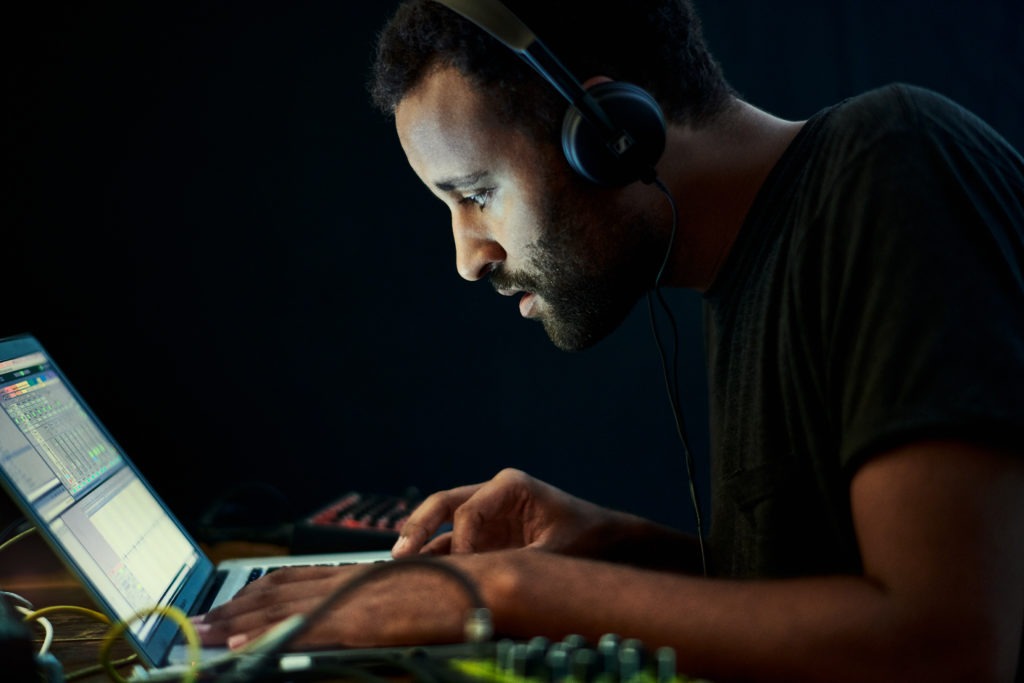
4. The Space
Having a great mic set-up is key to getting a radio voice. However, where you record also has a huge effect on the sound. You will want to find a small space in your home to minimise reverb. It’s easy to test out space by talking aloud if your voice becomes louder, there is probably reverb, it’s usually especially notable in bathrooms and kitchens. If you don’t have a suitable space, you can easily create a DIY studio with egg cartons which absorb sound. For that clean professional voice, it may be worth investing in a pop shield if your setup includes a standalone mic – an MZP 40 pop shield will ensure your “p” and “b” sounds don’t cause unwanted noise, as the shield will protect your mic from the fast-moving air.
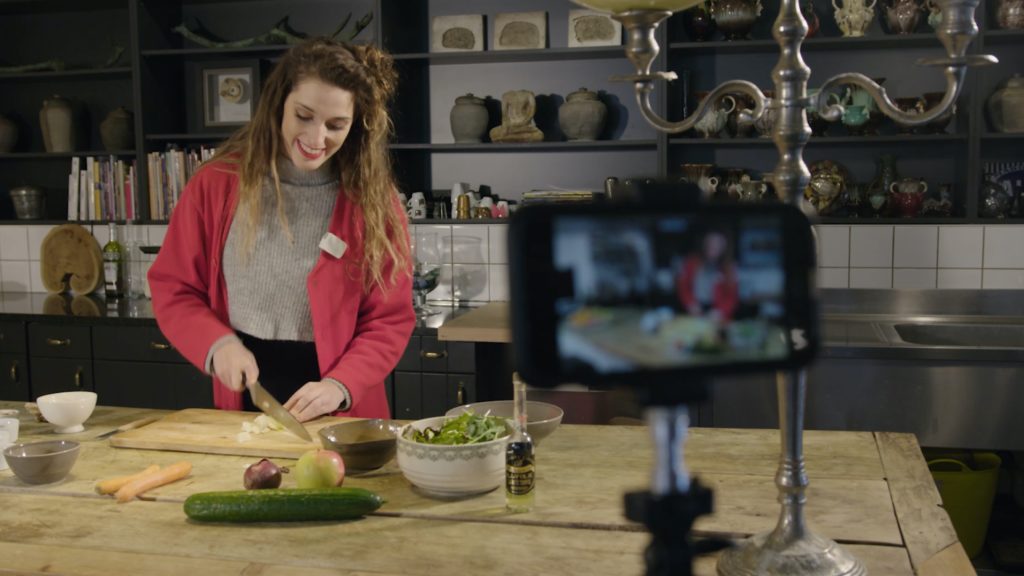
5. Hosting guests and other speakers
Having guests and extra speakers is a great addition to any podcast. While it’s tougher in isolation, it’s far from impossible. Some podcast recording programs such as Podbean makes it easy to add a guest or caller. Just make sure your co-host or guest has a similar mic set up to keep the audio smooth for listeners.
6. Posting your podcast
Once you have recorded and edited your podcast you are ready to share with the world. You can upload your recording to a podcast hosting service like Anchor, which will, in turn, share it on platforms such as Soundcloud, Apple Podcasts, Spotify and Google Podcasts. Make sure you also promote it through your social media channels and start thinking about content for your next episode.
Most importantly, though, remember that podcasting can be exciting and fun, but it also requires commitment from creation all the way to the publication of your very own podcast session. Once you have your theme and podcasting gear all sorted, the best advice we can offer is to keep calm and carry on podcasting. Good luck!
In its 75th anniversary year, Sennheiser will be offering incredible savings on selected wired microphones, wireless systems and headphones. Throughout the month of April and May, the Memory Mic will retail at £87 (MSRP) (reduced from £179).

